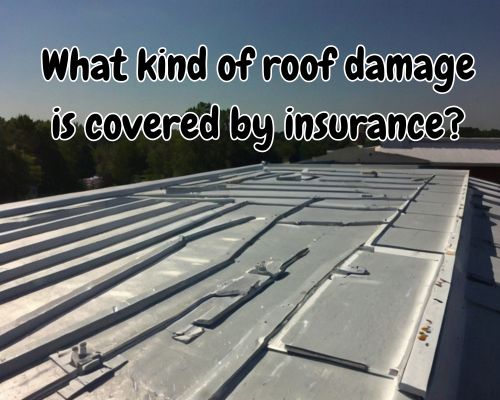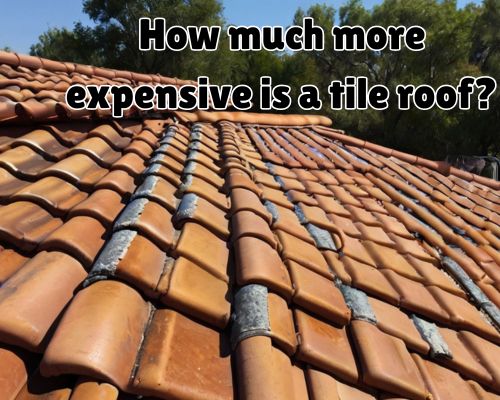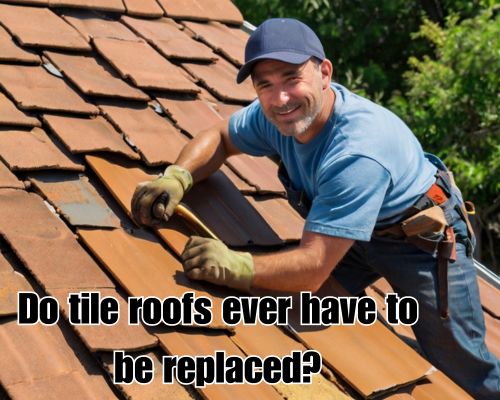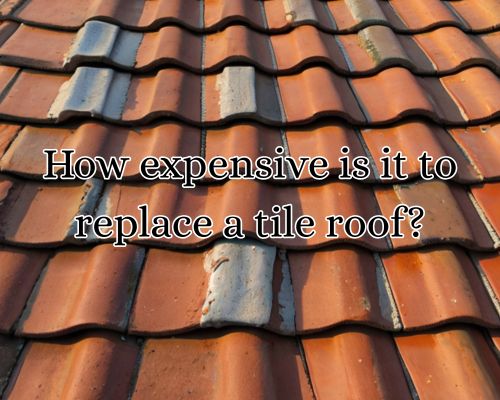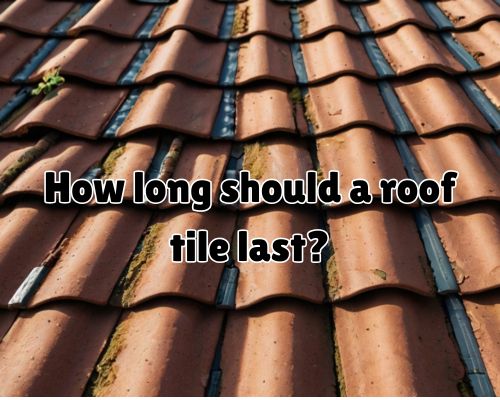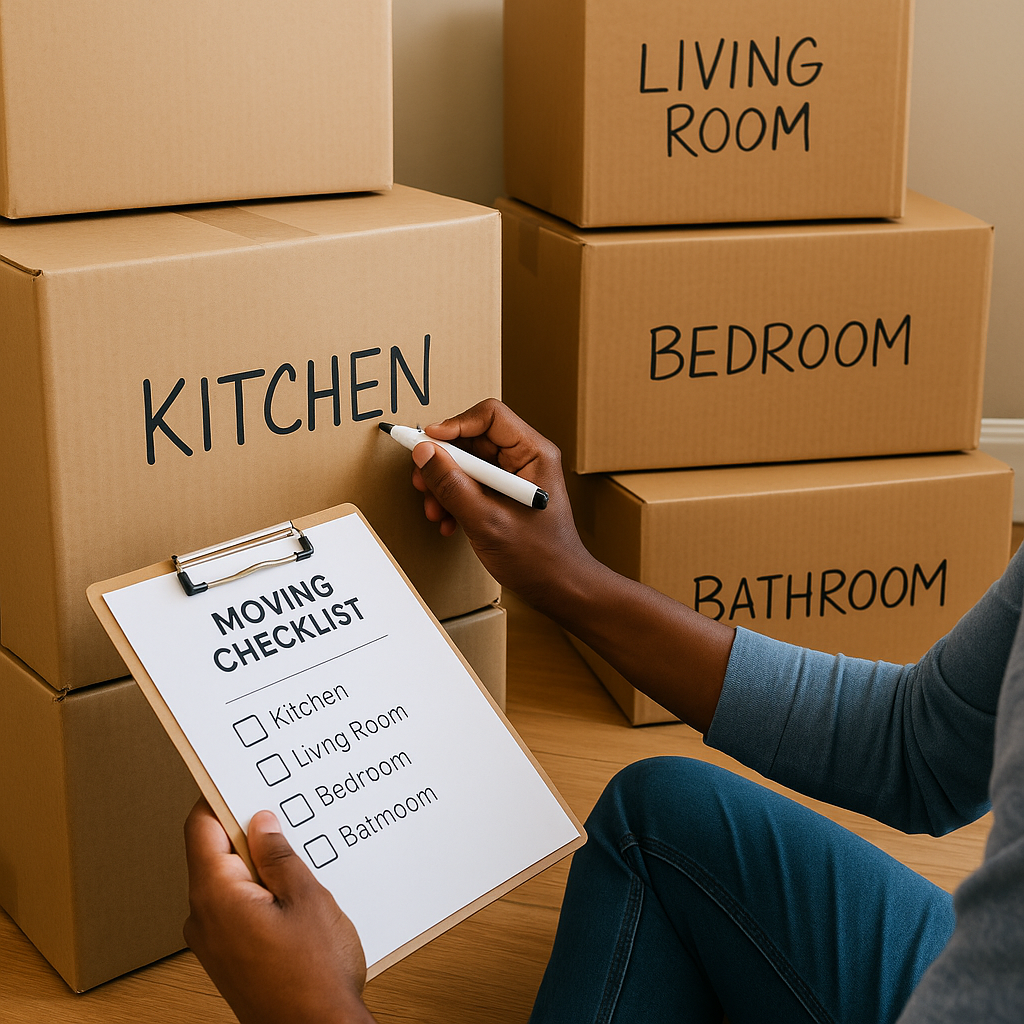When planning a new construction project or a roof replacement in New Jersey, one of the first questions homeowners and property developers ask is: What are the three types of roofs? Understanding the primary roofing categories can help you make informed decisions about durability, cost, maintenance, energy efficiency, and local weather suitability—especially in climates like New Jersey, where winters can be harsh and summers bring humidity and heat.
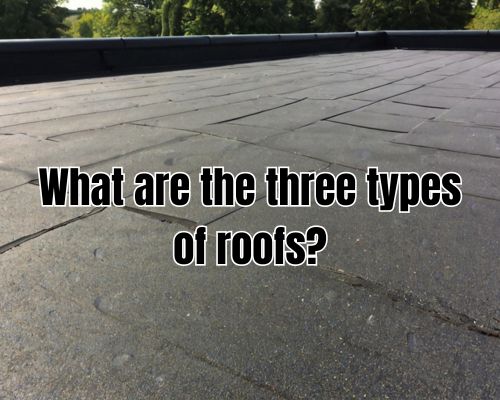
With Charles Jimerson of CJ Commercial Roofing NJ, we’ll break down the three main types of roofs—flat, gable, and hip—explore their variations, advantages, and local relevance. Whether you’re in Jersey City, Newark, or the coastal town of Asbury Park, choosing the right roof type can impact both aesthetics and functionality.
🔹 1. Flat Roofs: The Commercial Standard with Growing Residential Appeal
Flat roofs are widely used in commercial roofing systems across New Jersey and beyond. Although they appear level, they actually have a slight pitch (typically ¼ inch per foot) to allow for water drainage.
✅ Key Features:
- Common Materials: EPDM rubber, TPO, modified bitumen, and built-up roofing (BUR).
- Typical Applications: Industrial buildings, shopping centers, apartment complexes.
- Local Use Case: Warehouses in Edison and office parks in Princeton frequently use flat roofing systems.
👍 Pros:
- Economical to install over large surfaces.
- Easier access for maintenance and HVAC systems.
- Potential for green roofs or rooftop solar installations.
👎 Cons:
- Prone to water pooling if drainage is poor.
- Shorter lifespan than pitched roofs in colder climates like North Jersey due to snow buildup.
📍 SEO & Local LSI Mentions:
Flat roofs are especially popular in New Brunswick’s commercial districts and Hoboken’s mixed-use developments. Flat roof maintenance, leak prevention, and waterproofing are critical search terms relevant to New Jersey business owners.
🔹 2. Gable Roofs: The Classic Triangle That Stands Up to Snow
Gable roofs—also known as pitched or peaked roofs—are easily recognized by their triangular shape. This roof style is dominant in suburban New Jersey neighborhoods, particularly in Middletown, Cherry Hill, and Montclair.
✅ Key Features:
- Common Materials: Asphalt shingles, wood shakes, metal panels.
- Typical Applications: Detached single-family homes and some light commercial structures.
👍 Pros:
- Excellent drainage and snow-shedding capability.
- Affordable and simple to design and build.
- Allows for attic ventilation and storage.
👎 Cons:
- Vulnerable to wind damage—particularly in coastal towns like Atlantic City.
- Requires proper bracing in hurricane-prone zones near the Jersey Shore.
📍 SEO & Local LSI Mentions:
Search phrases like “gable roof snow load capacity NJ” and “pitched roof designs for NJ homes” are often used by homeowners researching replacements or insurance coverage in Somerset County or Morris County.
🔹 3. Hip Roofs: The Stable, Storm-Resistant Choice
A hip roof features slopes on all four sides, meeting at the top to form a ridge. This design offers greater stability and wind resistance, making it ideal for areas in Southern New Jersey where strong gusts from Atlantic storms are more common.
✅ Key Features:
- Common Materials: Clay tiles, composite shingles, slate, and metal roofing.
- Typical Applications: Larger homes, historic buildings, and municipal properties.
👍 Pros:
- Superior wind resistance.
- Creates a consistent eave all around, useful for gutters and water runoff.
- Aesthetic appeal that complements colonial and ranch-style architecture.
👎 Cons:
- More complex and expensive to construct.
- Less internal attic space compared to gable roofs.
📍 SEO & Local LSI Mentions:
Hip roofs are often searched alongside “roofing contractors in Cape May” and “wind-resistant roofing in Ocean County, NJ.” The structural integrity and symmetrical design are key selling points in real estate listings across South Jersey.
🔎 Why Roof Type Matters in New Jersey
The Garden State offers a unique climate mix: humid summers, snowy winters, coastal storms, and urban heat islands. Each of these factors plays a role in choosing a roof that can handle:
- Snow and ice dams in North Jersey (e.g., Sussex County).
- Hurricane-strength winds along the Jersey Shore.
- High humidity and occasional flooding in central cities like Trenton.
Here, building codes and insurance policies also influence roofing decisions. In cities like Paterson and Elizabeth, local ordinances may require particular fire ratings or energy efficiency standards, which can vary depending on your roof’s slope and material.
🛠️ Roofing Materials Matter Too
While the three types of roofs define shape and structural design, the material you choose can significantly impact durability and cost. In New Jersey, top materials include:
- Asphalt shingles (widely used in gable and hip roofs)
- TPO and EPDM membranes (favored for flat commercial roofs)
- Metal roofing (gaining popularity due to longevity and sustainability)
🌀 Pro Tip: Homeowners in New Jersey townships like Bridgewater or Paramus often combine metal panels on hip roofs for high wind areas or use solar shingles in eco-conscious communities.
🧾 Local Roofing Regulations and Permits in NJ
In New Jersey, roofing projects must typically comply with local building codes, which may involve:
- Obtaining a roofing permit.
- Ensuring proper ventilation and insulation.
- Adhering to ice barrier and water shield rules in colder regions.
Municipalities like Princeton or Westfield may require historical district approval if you’re modifying the roof on older homes.
💬 Choosing the Right Roof Type: Questions to Ask
Before hiring a roofing contractor in New Jersey, consider:
- What weather conditions does my area face?
- Am I planning solar installation or attic conversions?
- What architectural style suits my property?
- What is my budget for materials and labor?
💡 Local Insight: In Bergen County, where homes often have higher values, many property owners opt for hip or multi-gable combinations with slate or synthetic shake, balancing aesthetics with storm durability.
👷♂️ Trusted Roofing Contractors in New Jersey
Search engine queries like “roofing contractor near me in NJ,” “flat roof repair Jersey City,” or “gable roof replacement Newark” yield hundreds of options. Look for contractors with:
- State licensing and insurance
- Familiarity with NJ municipal codes, see CJ Commercial Roofing NJ
- Reviews from local residents
- Experience with your specific roof type
🏁 Final Thoughts: What Are the Three Types of Roofs?
So, what are the three types of roofs?—flat, gable, and hip. Each offers unique advantages depending on your property type, location, and performance priorities. Whether you’re a homeowner in Toms River, a developer in Hoboken, or a business owner in Camden, the right roof can enhance your property’s resilience, efficiency, and value.
In New Jersey, local climate, municipal code, and aesthetic preferences all factor into that decision. So next time you’re searching for “roof types for homes in New Jersey,” you’ll know exactly what you’re looking for—and why it matters.
